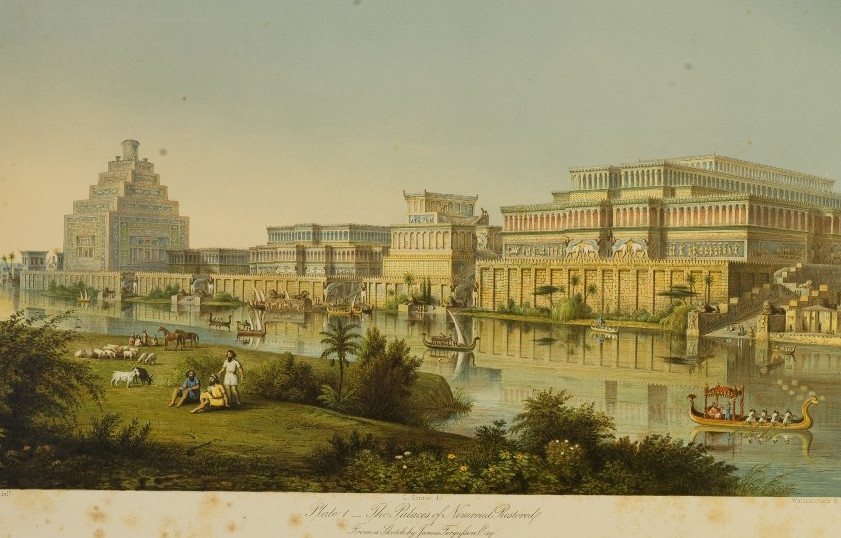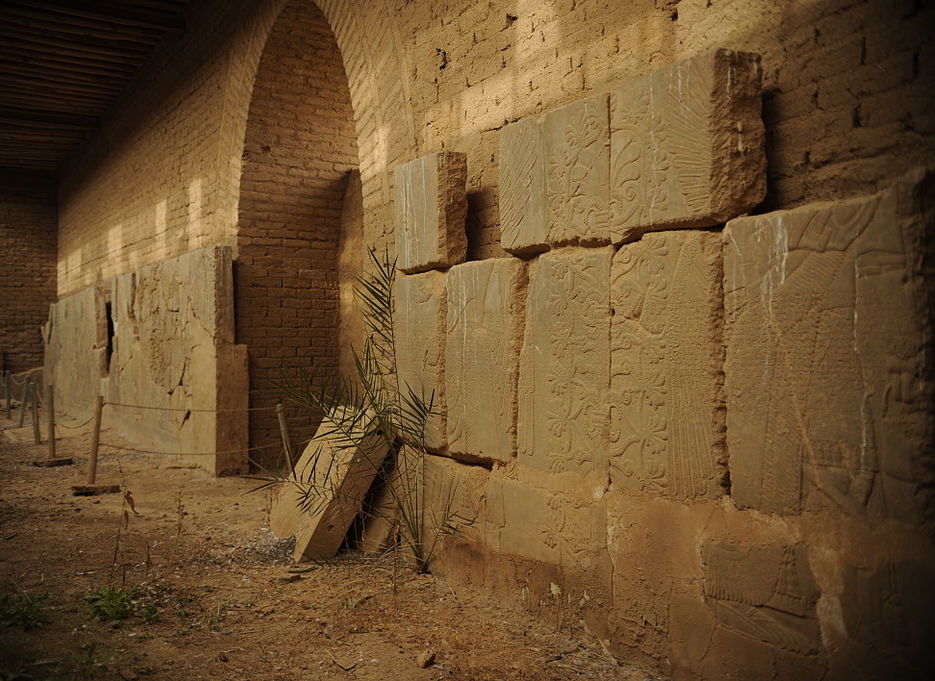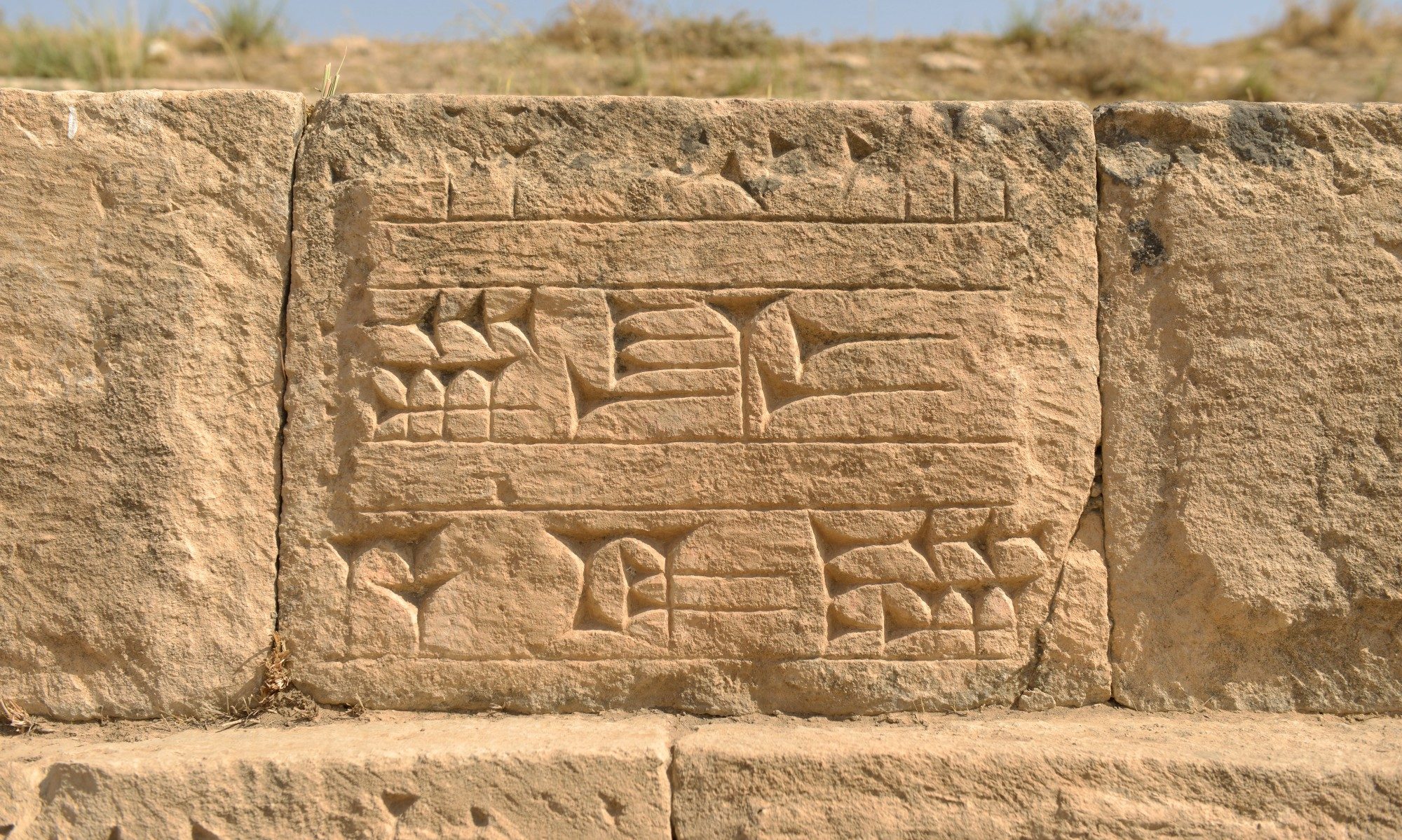Nimrud
Entered into the World Heritage Tentative List in 2000
By Dr Mónica Palmero Fernández
The ancient Assyrian city of Kalhu is commonly known in modern times as Nimrud in association with the biblical “Nimrod”, although this association is now generally accepted as incorrect. As Kalhu, the Assyrian city founded by king Shalmaneser I thrived between 1350 and 610 B.C., when it was destroyed. Kalhu became the political capital of the Assyrian empire c. 879 B.C. under king Ashurnasirpal II, who carried out extensive works to build a palace and move the capital from Ashur to the city. The capital was moved once again to Nineveh c. 705 B.C. by king Sennacherib. The city, nevertheless, continued to live throughout post-Assyrian, Hellenistic and Parthian periods.
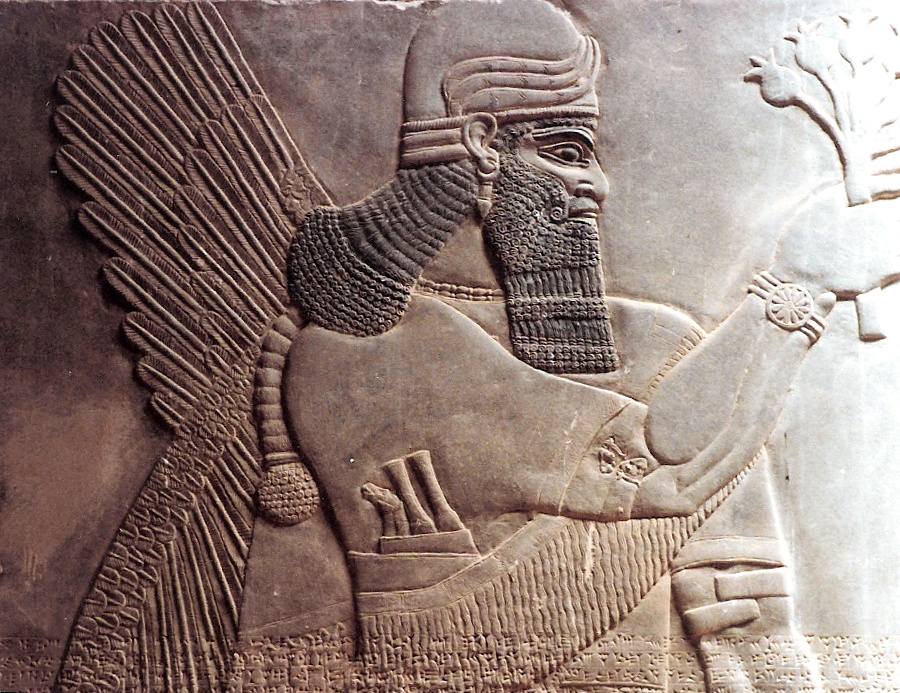
Englishman Austen Layard carried out extensive excavations at the site in the mid-nineteenth century, followed by Mosul native Hormuzd Rassam and William Loftus. More recent excavations were carried out by the British School of Archaeology in Iraq in the 1950s and 1960s under the direction of Max Mallowan and other British archaeologists. Further excavations have been conducted by the Directorate of Antiquities of the Republic of Iraq. A team from the Polish Center for Mediterranean Archaeology documented the whole site in film in 1974. Some of the monumental remains from the site are now displayed in The British Museum in London. One of the largest and most extraordinary collections of ivory works were also found in various locations across the site and are now scattered across world, but mainly in the British Museum and the National Museum of Iraq.
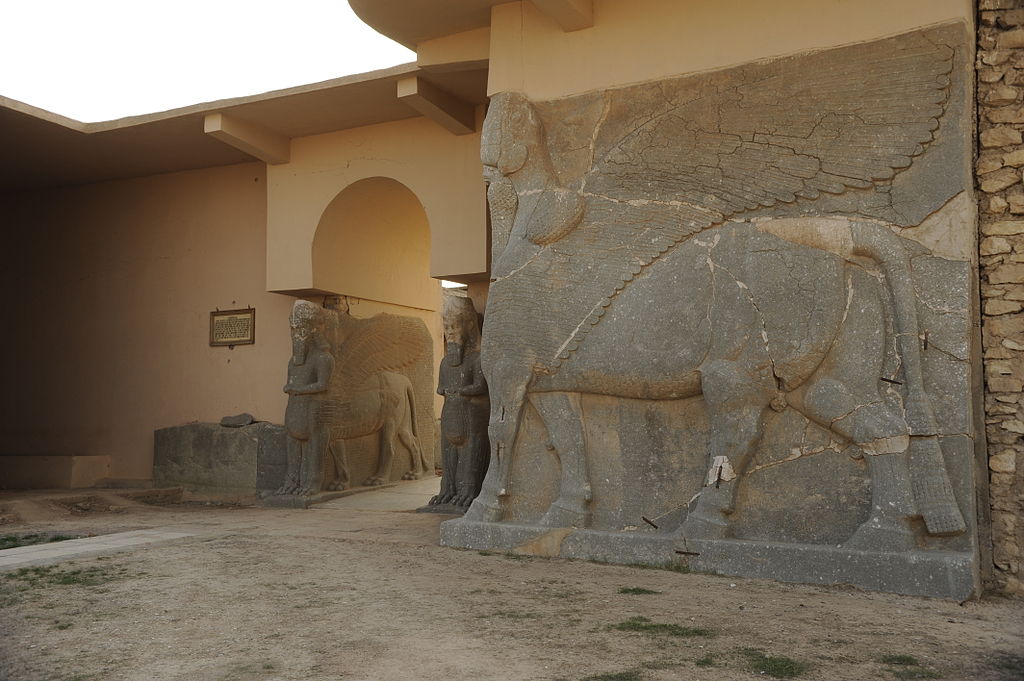
For many years, the ruins of the city faced threats from exposure to the elements. Limited and inadequate protection measures and lack of roofing left the ancient reliefs at the mercy of the Iraqi climate, and susceptive to erosion caused by wind, rain, and wind-blown sand. However, the greatest threat to the ancient capital came with occupation of the region by Daesh. With escalating attacks against monuments in Mosul at the start of 2015, Nimrud was eventually destroyed. A militant video purportedly shows militants hammering statues and reliefs, bulldozing walls and other structures, and ultimately using explosives to blow up parts of the ruins.
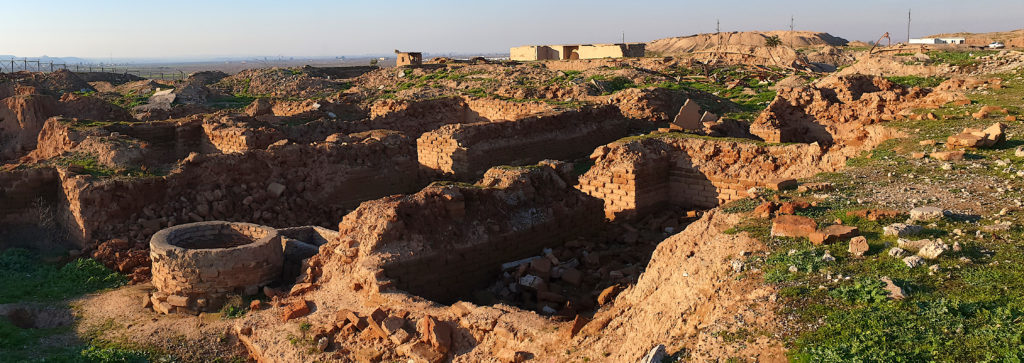
As of 2019, efforts to assess the damage caused by Daesh militants is underway, as are efforts by UNESCO to fence the area and produce aerial imaging of the archaeological site. The project to build a fence around the site is funded by the government of Japan under a conservation project. The Nimrud Rescue Project funded by the Smithsonian Institution and the U.S. Department of State was announced in March 2017 with an endowment of $400,000 to conduct on-the-ground work to document and stabilize the city. Work is still ongoing.
UNESCO webpage
http://whc.unesco.org/en/tentativelists/1463/
Smithsonian Institute Nimrud Rescue Project website
https://culturalrescue.si.edu/what-we-do/response/nimrud-stabilization/
Nimrud Damage Assessment
https://gatesofnineveh.wordpress.com/2016/11/23/nimrud-damage-assessment/
